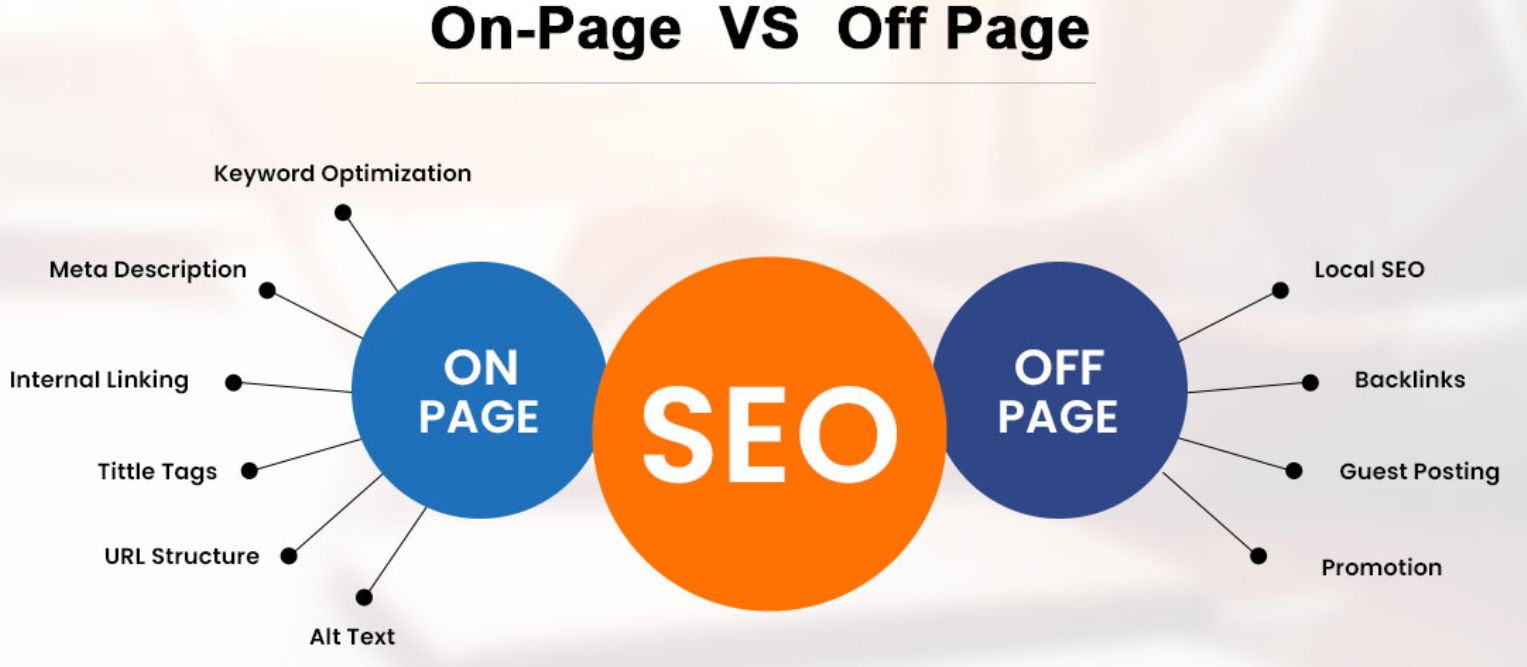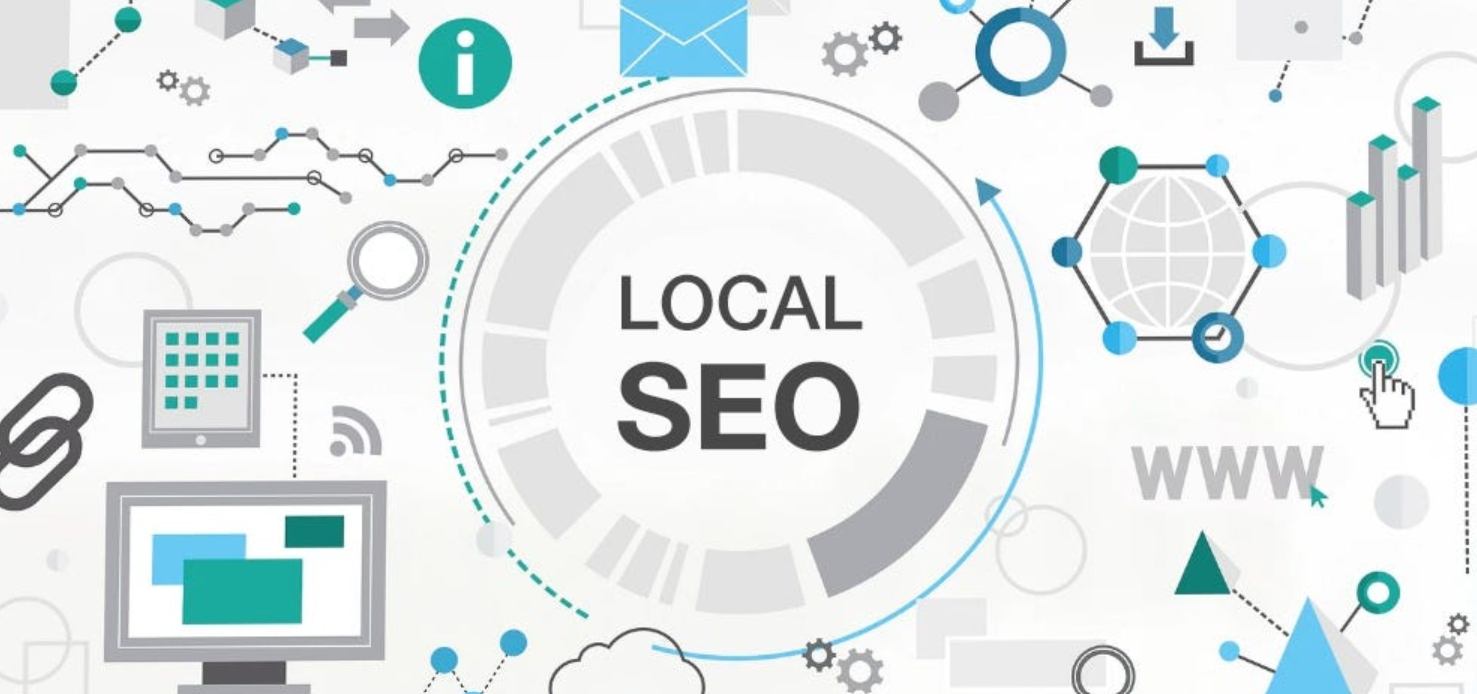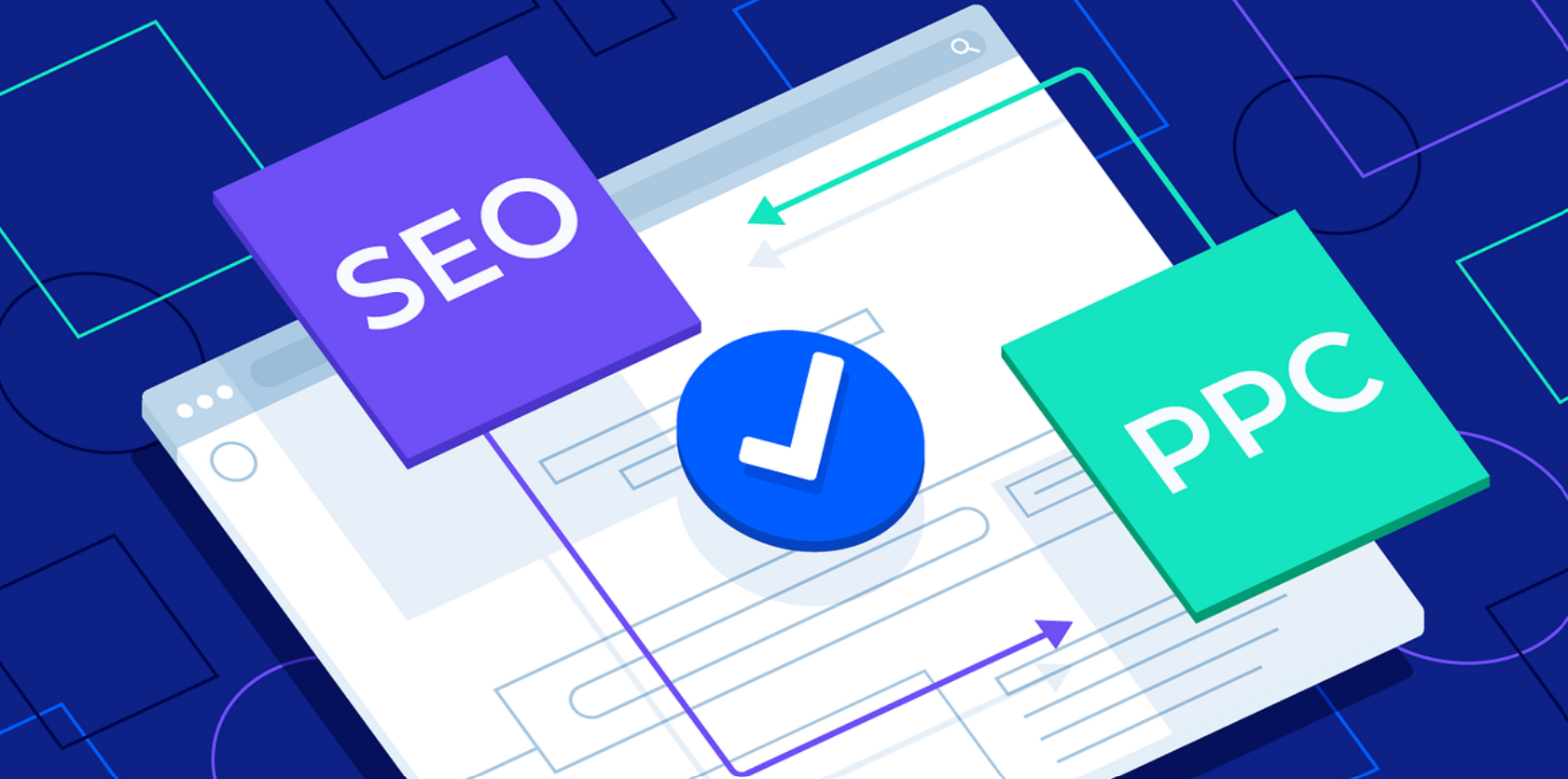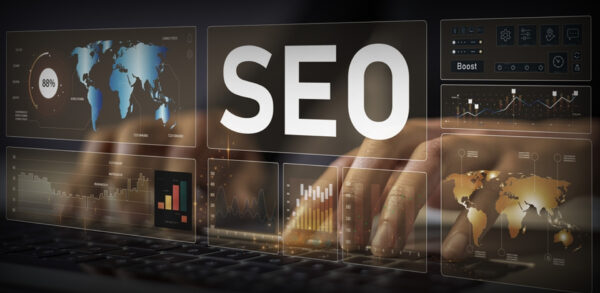On-Page vs. Off-Page SEO: Differences & Importance
In the digital age, appearing on the first page of Google is like owning prime real estate in the busiest part of town. It brings more visibility, more clicks, and more opportunities to grow your brand online. But how do you get there?
The answer is SEO — search engine optimization. And more specifically, understanding the difference between on-page and off-page SEO.
If you’re a business owner, entrepreneur, or marketer trying to grow your online presence, this guide is for you. At Ravens Digital, we specialize in helping brands like yours build real authority, drive organic traffic, and turn clicks into conversions using both sides of the SEO coin.
Let’s break it down in a beginner-friendly way.
✅ What Is SEO in Simple Terms?
SEO is optimizing your website and online presence to rank higher on search engines like Google for relevant searches.
When someone types “best digital marketing agency” or “website design in Florida,” you want your site to appear at the top — right? That’s what SEO helps you do.
SEO is made up of two main components:
- On-page SEO: Everything you control on your website
- Off-page SEO: Everything that happens outside your website that influences rankings
Both are essential. Together, they form a balanced, high-impact SEO strategy — which is exactly what we implement at Ravens Digital for our clients.
🧩 What Is On-Page SEO?
👉 Definition:
On-page SEO, also known as on-site SEO, optimizes website elements to improve search engine rankings.
This includes:
- Keywords
- Headings and content
- Meta tags
- Internal links
- Image optimization
- Page speed
- Mobile-friendliness
- URL structure
Think of on-page SEO as the foundation of your website. Without it, your site may never rank — no matter how great your services are.
🔍 Why On-Page SEO Matters
Search engines scan your site to understand:
- What it’s about
- Whether it’s relevant to the user’s search
- How user-friendly it is
The better optimized your pages are, the more likely they are to appear in top search results — bringing in free, high-intent traffic.
At Ravens Digital, we focus heavily on on-page optimization because it sets the stage for all other digital marketing efforts. If your site structure or content isn’t right, your SEO campaigns won’t perform at their full potential.
🧠 Key Elements of On-Page SEO
1. Keyword Optimization
We start by identifying what people are searching for (your target keywords), then naturally include them in:
- Page titles
- Meta descriptions
- Headings (H1, H2)
- Body text
- Alt text (image descriptions)
For example, if you’re a local business offering “SEO services in Florida,” your homepage and service pages should clearly reflect that keyword.
2. Title Tags & Meta Descriptions
These show up in search results. They should be:
- Clear and concise
- Include your main keyword
- Encourage clicks
Example:
Title: SEO Services in Florida | Ravens Digital
Meta: Boost your Google rankings and grow your brand with expert SEO strategies by Ravens Digital. Local SEO, on-page optimization, and more.
3. Internal Linking
We link related pages to help users navigate and to pass “SEO juice” between your pages. Example: linking your blog post about “local SEO” to your “SEO Services” page.
4. Mobile Optimization
Your site must work perfectly on phones and tablets. Google now uses mobile-first indexing — meaning your mobile site is what gets ranked first.
5. Page Speed
Slow sites hurt rankings. We compress images, clean up code, and use fast hosting to ensure your pages load in under 3 seconds.
6. Content Quality
We make sure your pages aren’t just optimized — but also valuable. That means:
- Answering questions your audience is asking
- Using clear structure (headings, bullet points, visuals)
- Including calls to action
🌐 What Is Off-Page SEO?
👉 Definition:
Off-page SEO refers to actions taken outside your website that affect your search rankings.
The biggest factor? Backlinks — when other reputable websites link to yours. But it also includes:
- Social signals (shares, engagement)
- Online reviews
- Brand mentions
- Business listings
- Guest posts and PR
Off-page SEO is digital word-of-mouth. The more people talk about (and link to) your brand, the more trustworthy and authoritative you look in Google’s eyes.
🔍 Why Off-Page SEO Matters
Google uses authority and trust as ranking signals. So even if your on-page SEO is perfect, you still need off-page signals to compete — especially for competitive keywords.
When done right, off-page SEO:
- Builds credibility and brand awareness
- Attracts high-quality backlinks
- Drives referral traffic
- Boosts rankings over time
At Ravens Digital, we blend both organic and strategic methods to build backlinks and brand mentions naturally — no spam, no shortcuts.
🔗 Key Elements of Off-Page SEO
1. Backlinks (Inbound Links)
Not all backlinks are created equal. We focus on earning:
- Links from high-authority websites
- Links that are relevant to your niche
- Links with good anchor text (the clickable words)
Example: A backlink from an industry blog that says “Ravens Digital offers top-tier web design services” is more powerful than a random link on a low-quality directory.
2. Local Citations
If you’re a local business, being listed on Google Business Profile, Yelp, Bing Places, and industry directories helps build trust and visibility.
We help our clients clean up and optimize these listings to make sure your NAP (Name, Address, Phone) is consistent everywhere.
3. Social Media Signals
Even though social shares don’t directly impact rankings, they:
- Increase brand exposure
- Generate website traffic
- Lead to more links and mentions
We help businesses create shareable content that gets noticed on Facebook, LinkedIn, Instagram, and more.
4. Online Reviews
Google values businesses with positive customer feedback. We set up strategies to encourage reviews on:
- Google Maps
- Industry platforms (like Clutch or Trustpilot)
🧠 The SEO Balance: On-Page + Off-Page
The truth is, on-page and off-page SEO work together.
| On-Page SEO | Off-Page SEO |
| You control it | Others influence it |
| Content, structure, keywords | Backlinks, reviews, mentions |
| Quick to change and update | Long-term strategy |
| Foundation of your site | Boosts trust and authority |
At Ravens Digital, we combine both approaches to create a full-spectrum SEO strategy. We make sure your website is optimized from the inside out — and then build your reputation across the web.
✅ Why It Matters for Your Business
Whether you’re a local business, national brand, or solo entrepreneur, SEO helps you:
- Get found by real people
- Outrank your competitors
- Attract leads organically
- Build long-term credibility
But without a strong foundation (on-page) and a network of trust (off-page), you’ll always be playing catch-up.
That’s where we come in.
At Ravens Digital, our SEO experts analyze, optimize, and elevate your brand using strategies that follow Google’s best practices — not shortcuts.
🚀 How Ravens Digital Helps with SEO
Here’s what we offer:
✅ On-Page SEO Services
- Full website audits
- Keyword research
- Meta and header optimization
- Content strategy
- Mobile and UX optimization
✅ Off-Page SEO Services
- White-hat link building
- Digital PR and outreach
- Local citation building
- Reputation and review management
- Social content strategy
We create custom SEO plans based on your goals, location, industry, and competition — because no two businesses are the same.
🔚 Final Thoughts: Which Should You Focus On?
Both.
Think of SEO like growing a tree:
- On-page SEO forms the strong, healthy, and structured roots of your website.
- Off-page SEO provides the essential external support, much like sunlight and rain for a plant, that helps it grow.
Without one or the other, your SEO will stall.
We’re here to guide you through every stage of your journey.




